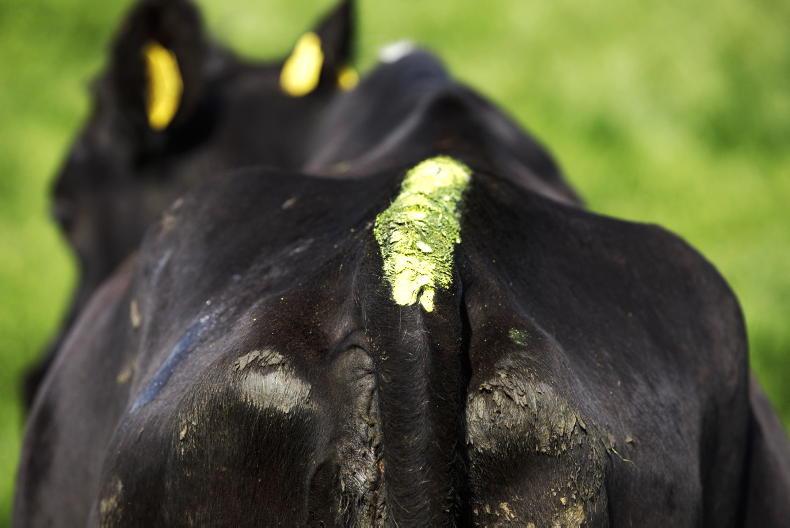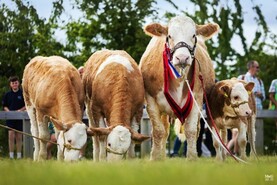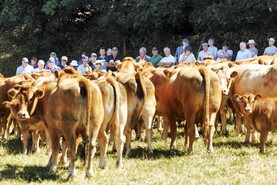Rain: As often happens, those that need the rain the most tend to get the least amount of it. There were no worries about soil moisture deficits in the west and north to begin with, so they weren’t really looking for rain but farmers in these regions got more rain than those that really needed it in the south and east.
There are large parts of the south and east where fields have gone totally brown and they will take a long time to recover.
They say the best time to feed heavily is after the rain comes, but you’d have to question if enough rain is falling to turn the soil moisture deficit around?
These badly affected areas need a lot more than 10mm to 15mm to turn the farm around.
Even in the unlikely event that they get 40mm to 50mm over the next week or so these farms are going to have to continue to feed heavy for a number of weeks until average farm cover comes up and growth rates and demand are once again aligned.
How long this takes depends on the difference between growth and demand. For example, if demand is 40kg/ha/day and growth rate is 50kg/ha/day then average farm cover will increase by 70kgDM/ha per week. To work that out on a per cow basis, divide it by the stocking rate. If the stocking rate is 2.9 cows/ha, it means the cover per cow will only increase by 24kg/cow per week.
Breeding: As we go past the middle of July, its time to be thinking about winding up the breeding season. Cows served now won’t be calving until the end of April. With longer gestation beef bulls that could easily run into early May.
Many farmers have made the reasonable decision to breed for a little bit longer this year in light of the scarcity of replacement stock.
There is a limit on how long you can breed for as May calving cows are of limited benefit. The dynamics are probably different on herds impacted by TB, where numbers need to be built back up.
Even then, strict criteria on what cows are going to be kept should be adhered to.
Sticking with breeding, I see the ICBF are accepting new members into the national genotyping programme.
While the programme often gets a hard rap in spring over delays with blue cards, it’s working well for the majority of farmers and the additional information is helpful.
Crude protein: On farms that got very dry over recent weeks and where a lot of supplement is being fed, either in the form of silage, palm kernel, meal, or a combination of all three make sure and keep an eye on the crude protein in the diet.
Cows will be OK on low crude protein feed for short periods, but for prolonged periods additional protein will be required.
Consistently low milk urea nitrogen (MUN) results could be an indicator that the cow needs more protein in the diet, but the science is not clear-cut on this. A low MUN would be a result less than 15.
Both silage and palm kernel are low in protein at around 12% so the meal being fed would probably need to be higher in protein at around 15% in order to balance the diet.






 This is a subscriber-only article
This is a subscriber-only article










SHARING OPTIONS: